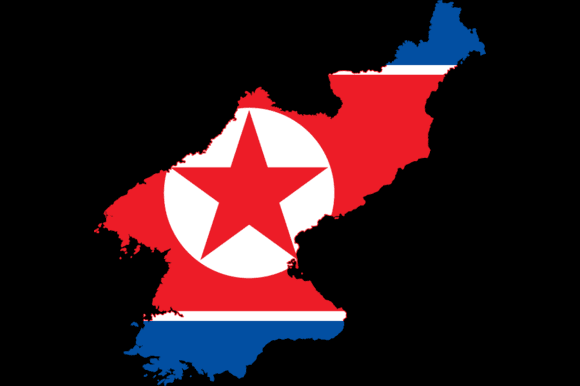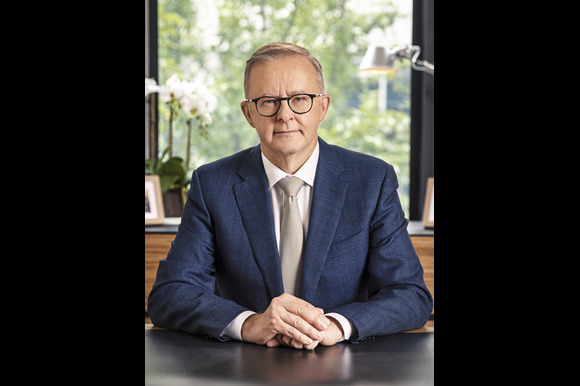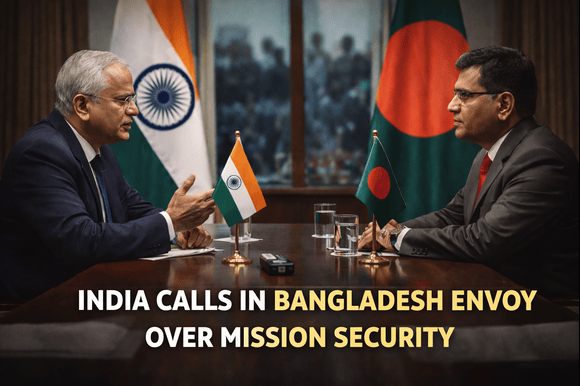
Darwinek
North Korean leader Kim Jong Un reaffirmed his steadfast support for Russia’s military actions in Ukraine during a meeting with Sergei Shoigu, the Secretary of Russia’s Security Council, in Pyongyang, as reported by North Korean state media on Saturday.
The meeting, which took place on Friday, followed a South Korean intelligence report from late February indicating that North Korea had likely dispatched additional troops to Russia in response to significant casualties sustained by Russian forces in the ongoing conflict with Ukraine. Recently, Ukraine and Russia reached a preliminary agreement on a limited ceasefire after discussions between US President Donald Trump and the leaders of both nations, although the timeline for implementation and the specifics of any protected targets remain uncertain.
Both North Korean and Russian state media indicated that Kim and Shoigu addressed a range of topics, including the war in Ukraine, Moscow’s interactions with the Trump administration, and the security dynamics on the Korean Peninsula. They reiterated their commitment to a significant mutual defense treaty established during a summit in Pyongyang last year, which ensures mutual support in the event of aggression against either nation.
According to the official Korean Central News Agency, Kim stated during the meeting that his government would consistently back Russia in its efforts to safeguard national sovereignty, territorial integrity, and security interests. Shoigu delivered a message from Russian President Vladimir Putin, who extended his regards to Kim and emphasized the importance of fulfilling the agreements made during their recent summits. He also expressed appreciation for North Korea’s alignment with Russia on critical geopolitical matters, particularly regarding the situation in Ukraine, as noted in his televised remarks.
North Korean and Russian media did not disclose whether any new agreements were established prior to Shoigu’s departure from Pyongyang on Friday. According to intelligence officials from the U.S., South Korea, and Ukraine, North Korea has been supplying a significant quantity of conventional weapons to Russia and had previously dispatched approximately 10,000 to 12,000 troops to Russia last fall. In a statement released on February 27, South Korea’s National Intelligence Service indicated that it was assessing the exact number of additional troops North Korea has sent to Russia. South Korean media estimates the number of newly deployed North Korean soldiers to be between 1,000 and 3,000.
There are suspicions among South Korea, the U.S., and other nations that North Korea is receiving economic and military support from Russia in exchange for its provision of weapons and troops. Many analysts believe that North Korea is likely to increase its support for Russia in order to maximize the benefits it can obtain before the conclusion of the war.
Some observers suggest that Shoigu’s visit may be linked to preparations for a potential visit by Kim to Russia, following Putin’s invitation to Kim during his visit to Pyongyang for a summit last year. In 2023, during Shoigu’s previous trip to North Korea as defense minister, Kim provided him with a personal tour of an arms exhibition, which critics from outside the country compared to a sales pitch. In September 2024, Shoigu, now in a new role within the security council, returned to North Korea for discussions with Kim regarding the expansion of their cooperation, as reported by North Korean state media.
Earlier on Friday, KCNA reported that Kim supervised the test launches of new anti-aircraft missiles the day before. The report quoted Kim as describing these missiles as a significant addition to North Korea’s defense capabilities.
These missile launches marked North Korea’s sixth weapons testing event of the year and coincided with the conclusion of the annual military exercises conducted by the U.S. and South Korea, which North Korea perceives as a rehearsal for invasion. The 11-day Freedom Shield exercise represented the first substantial joint military training between the allies since Trump’s inauguration in January.
In response to significant U.S.-South Korean military drills, North Korea frequently conducts its own weapons tests and issues strong statements. Just hours after the commencement of this year’s Freedom Shield training on March 10, North Korea launched several ballistic missiles into the sea.



